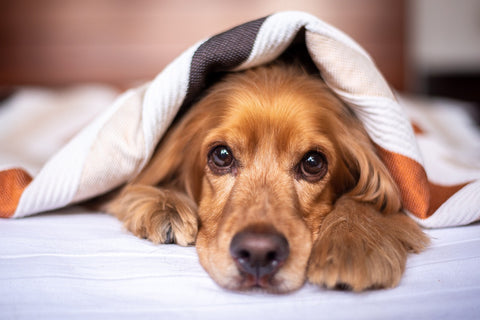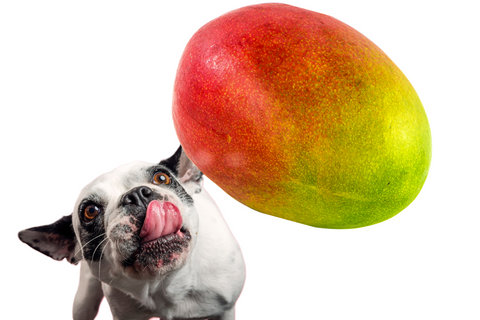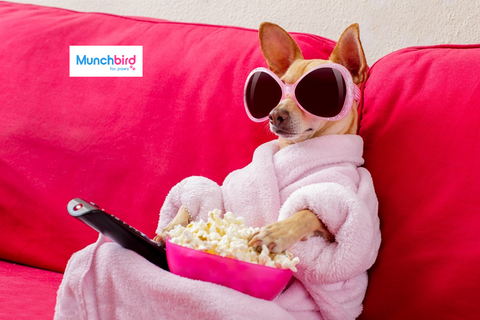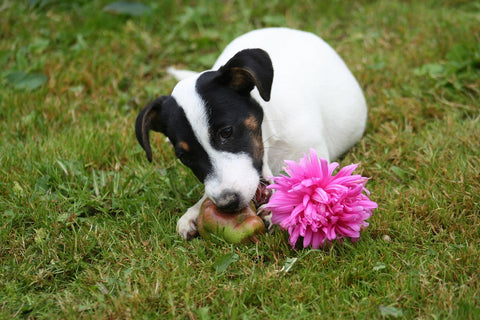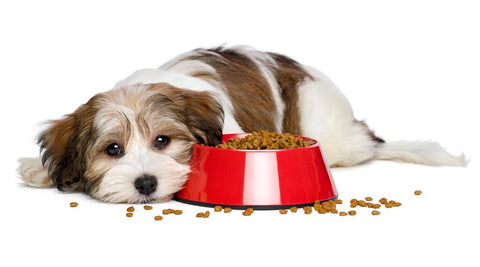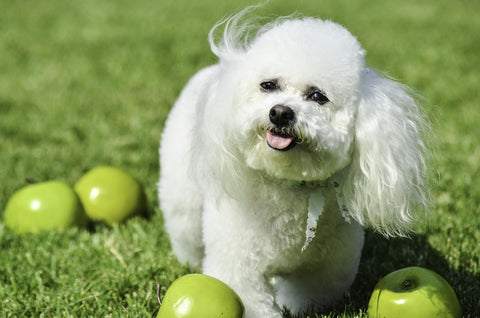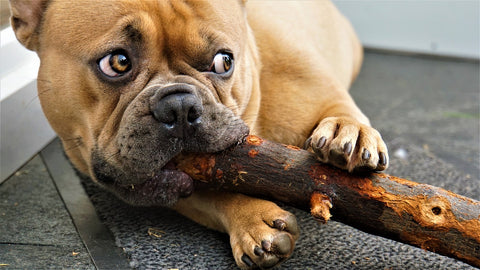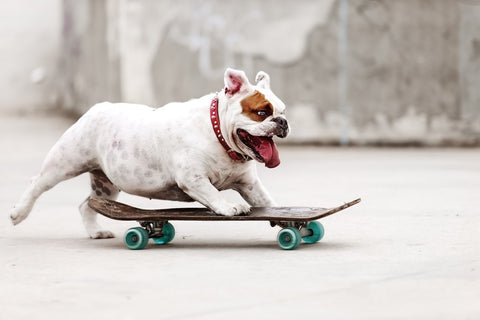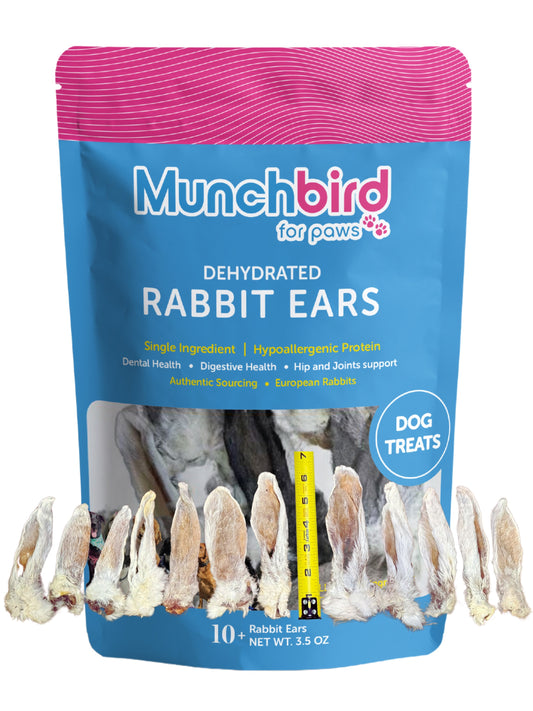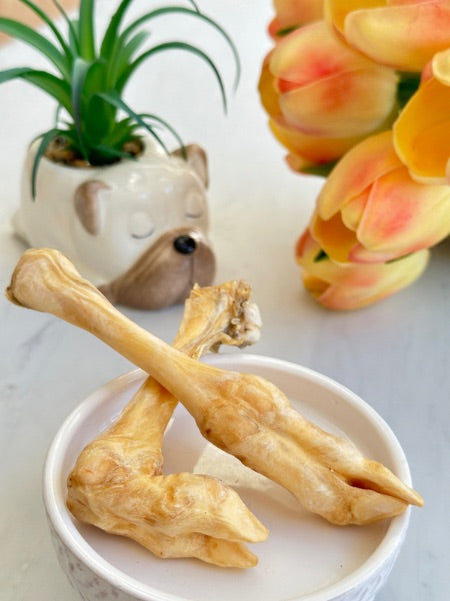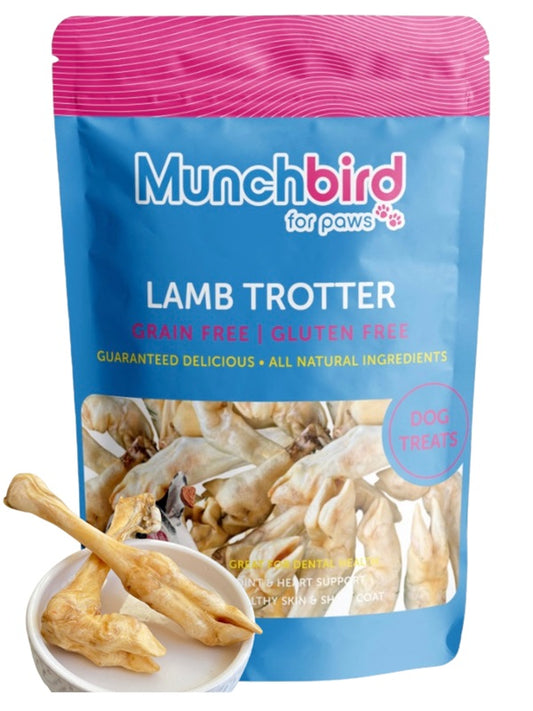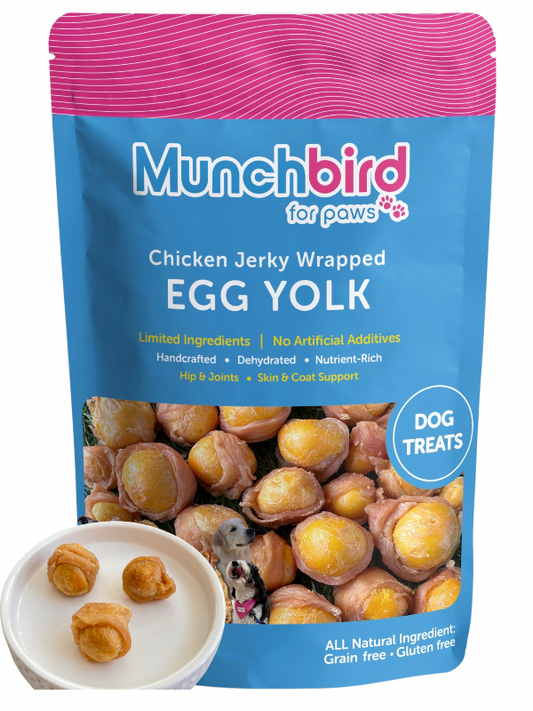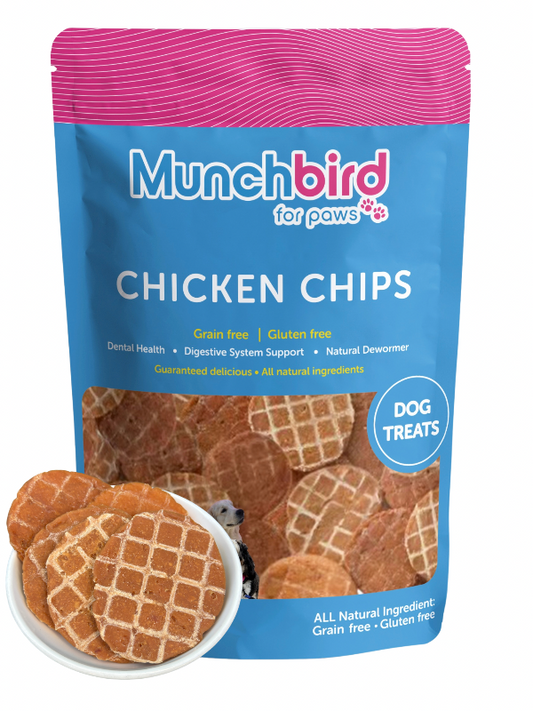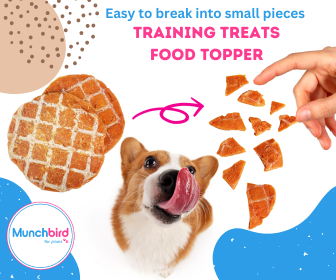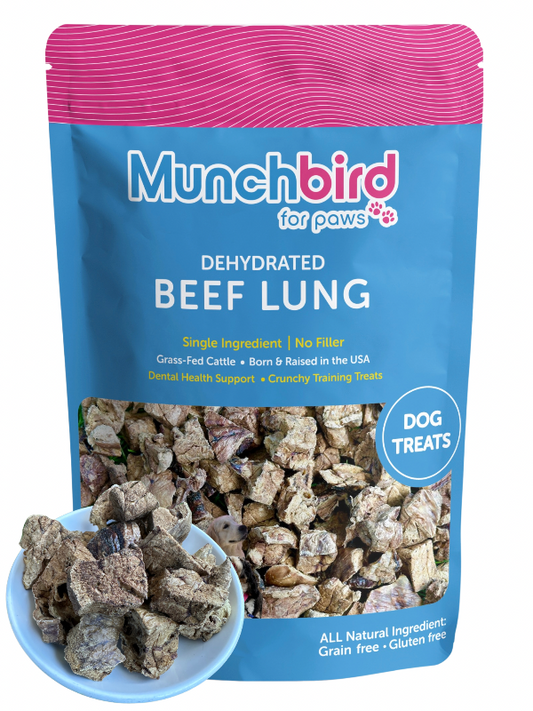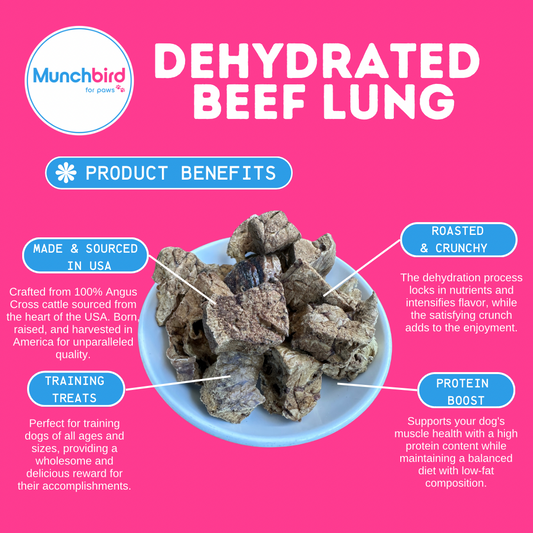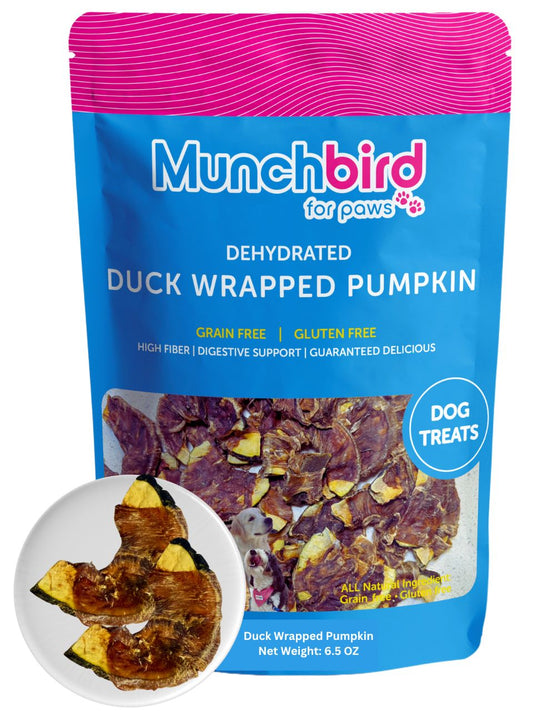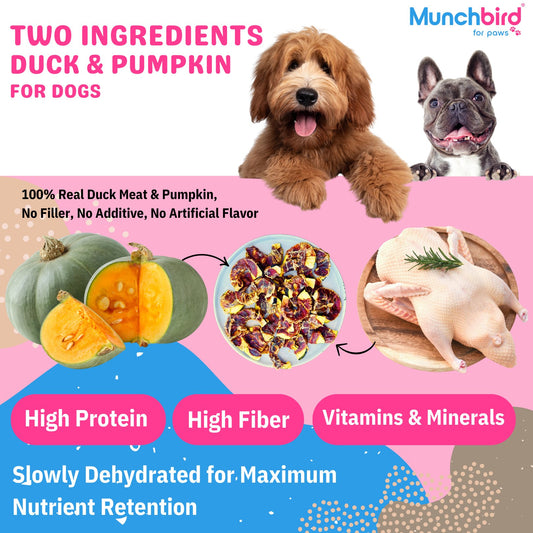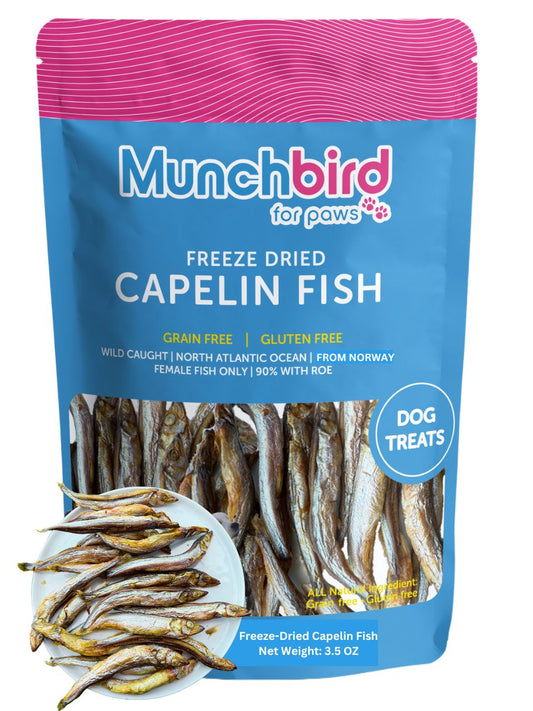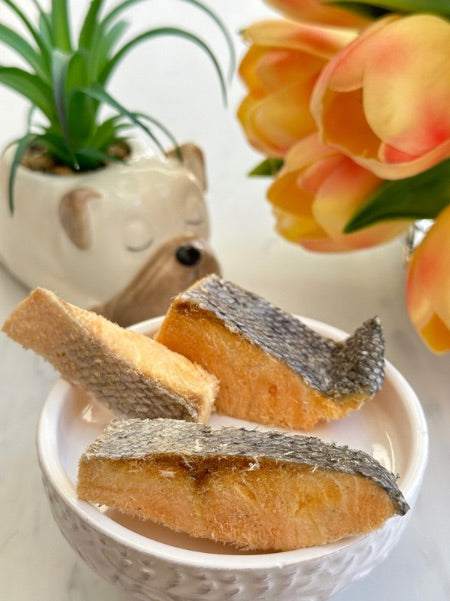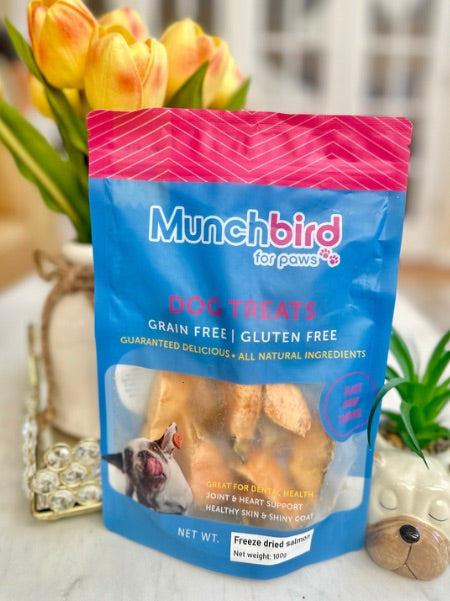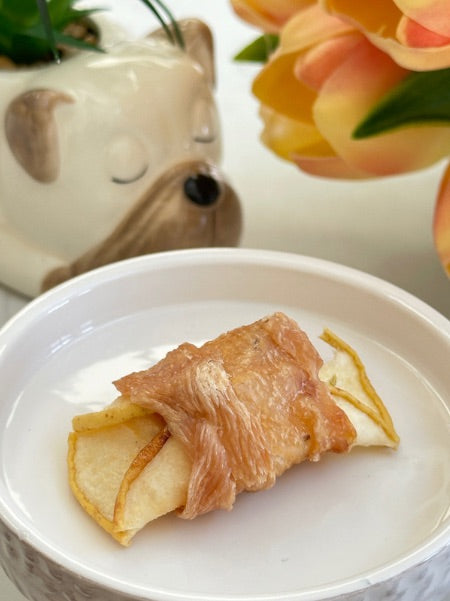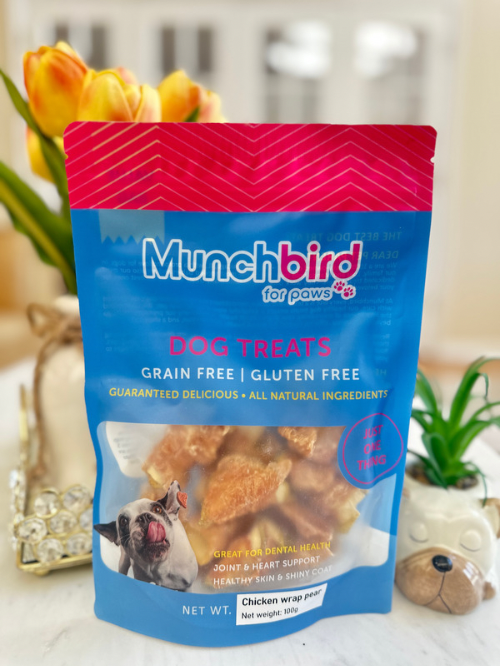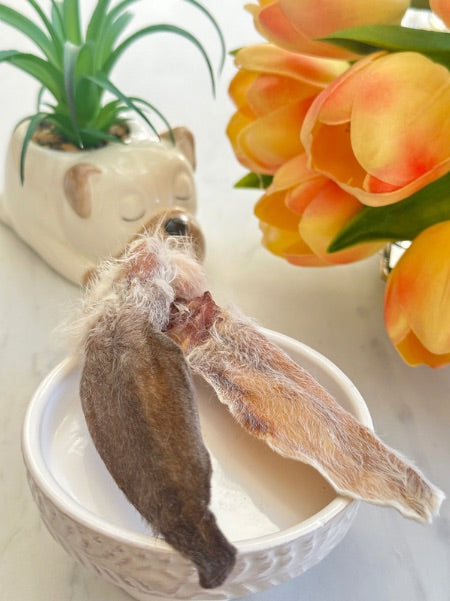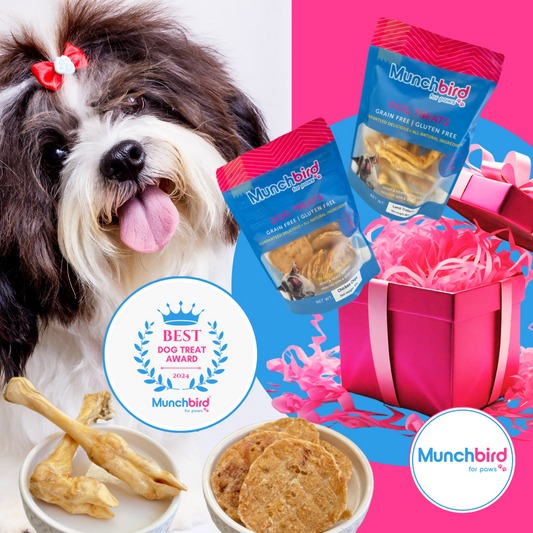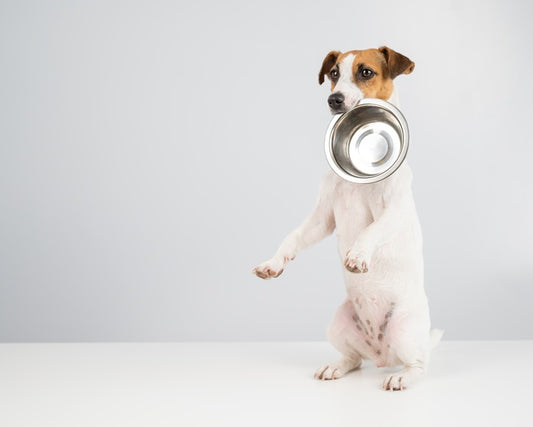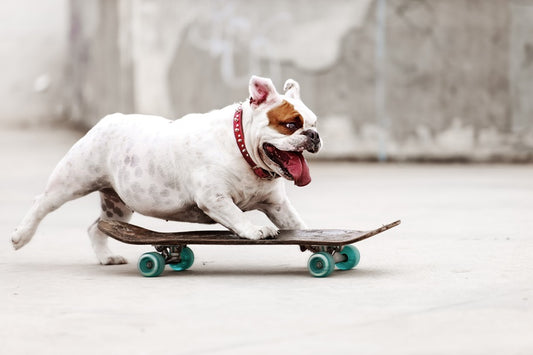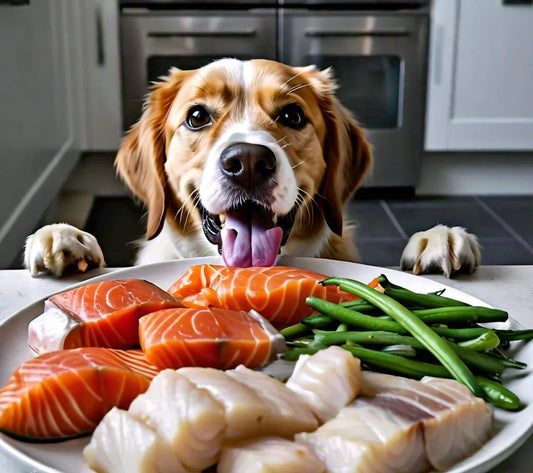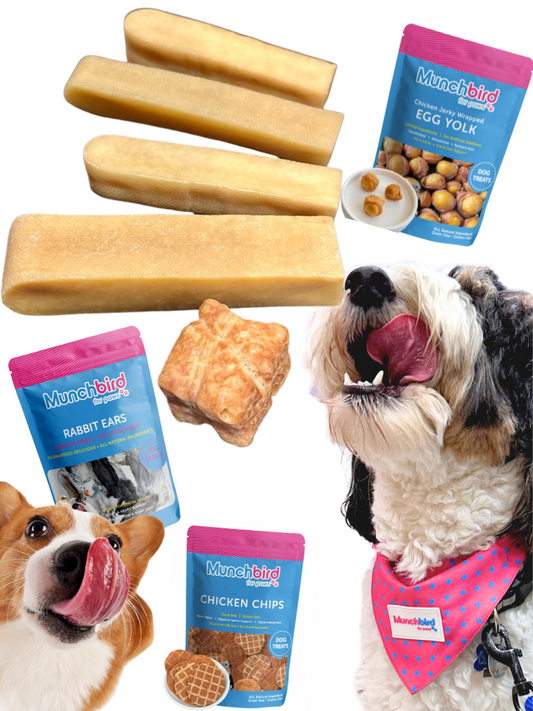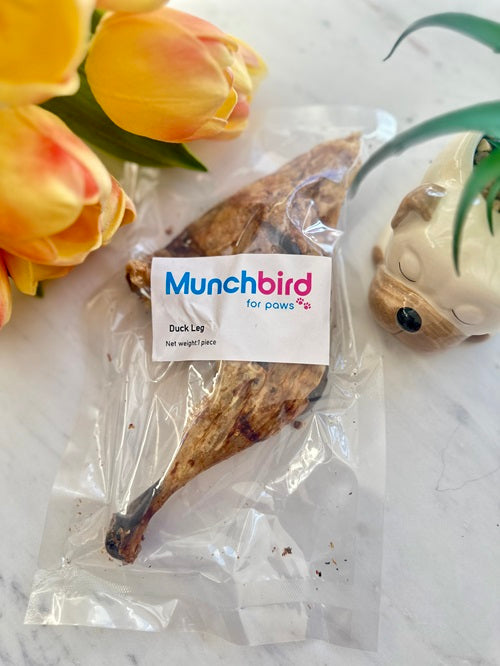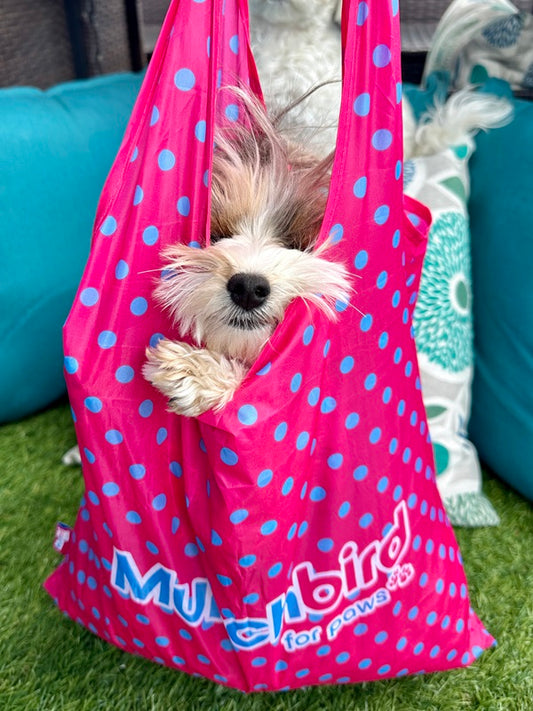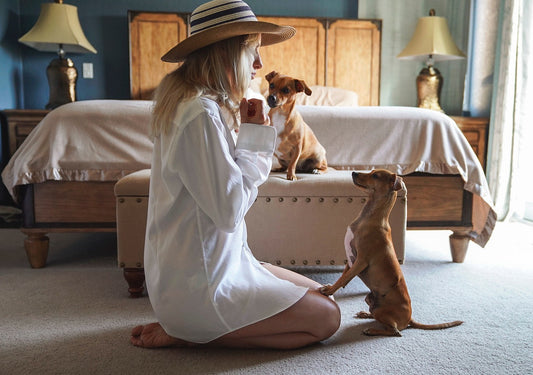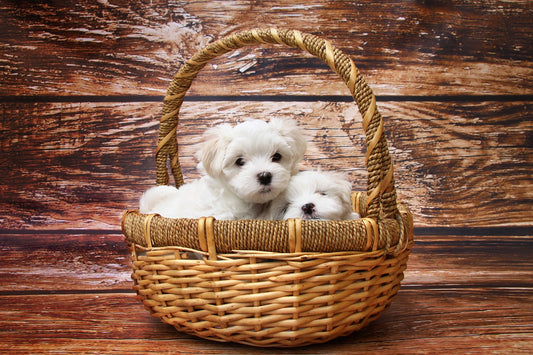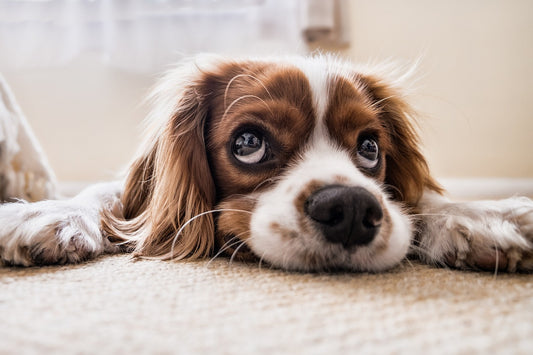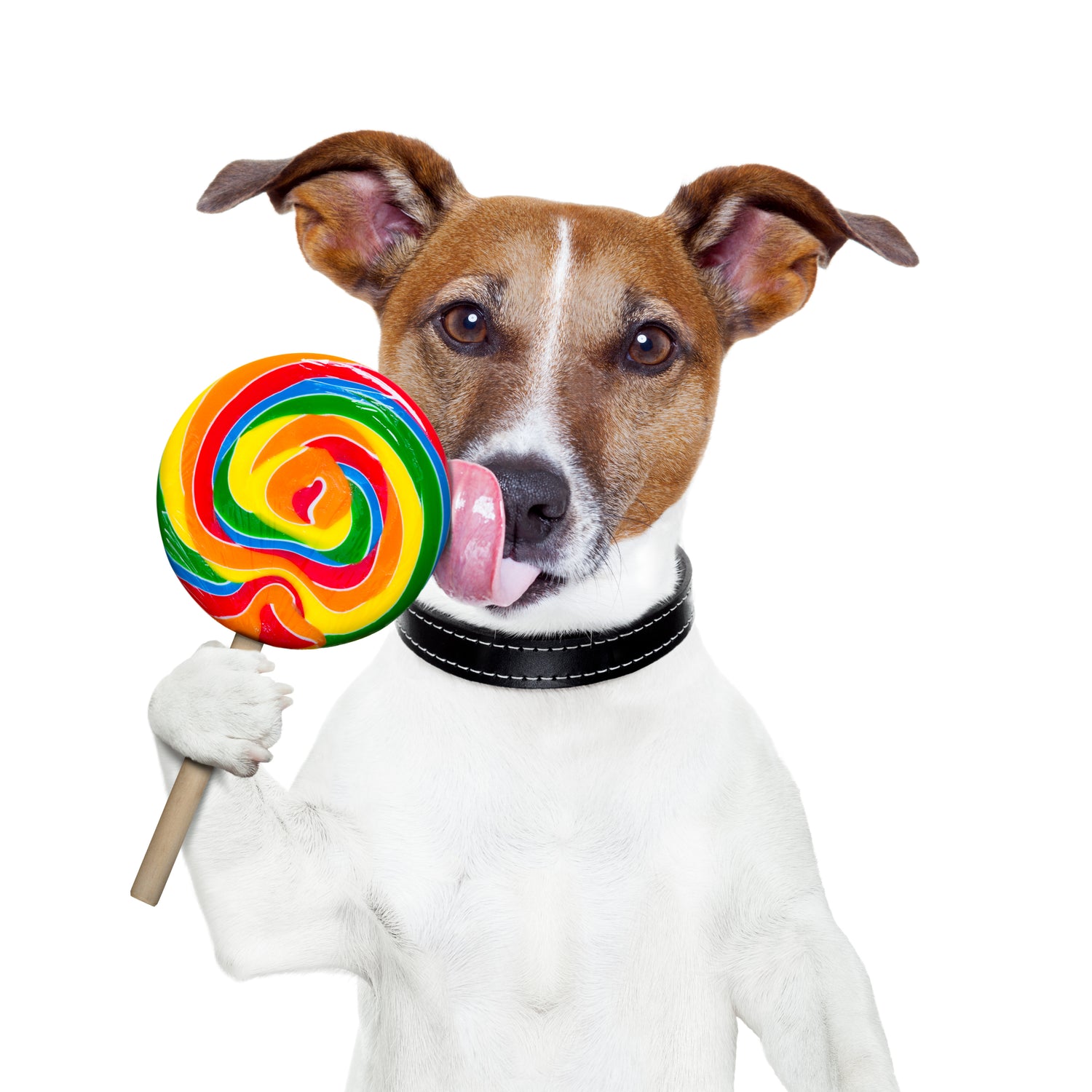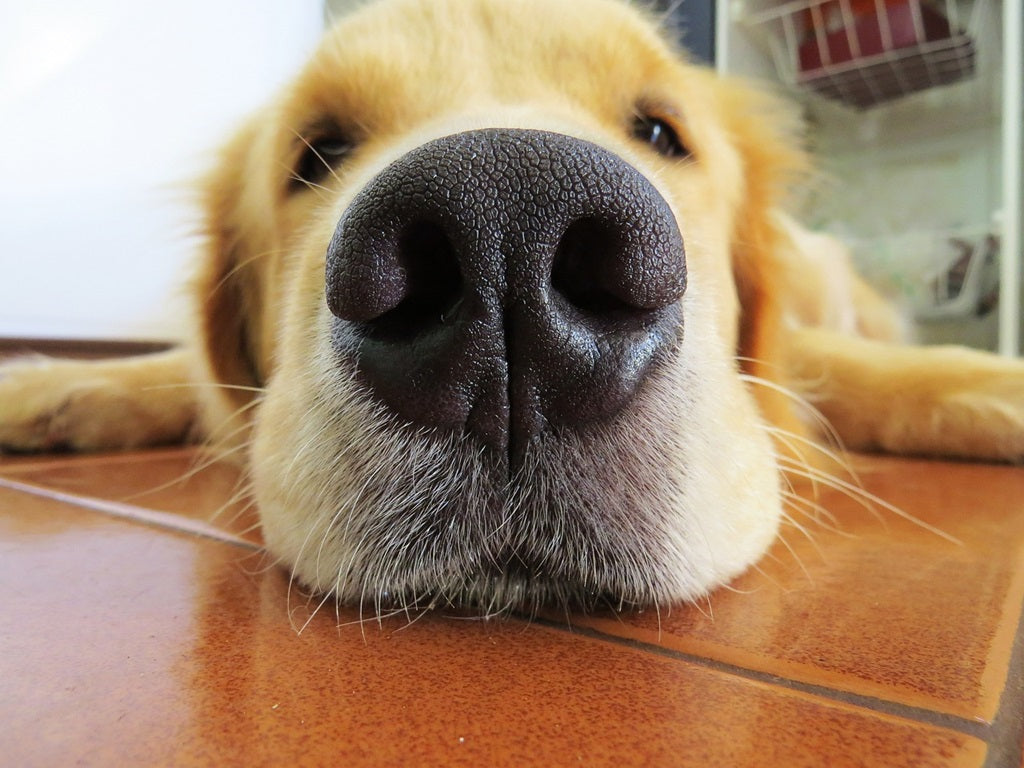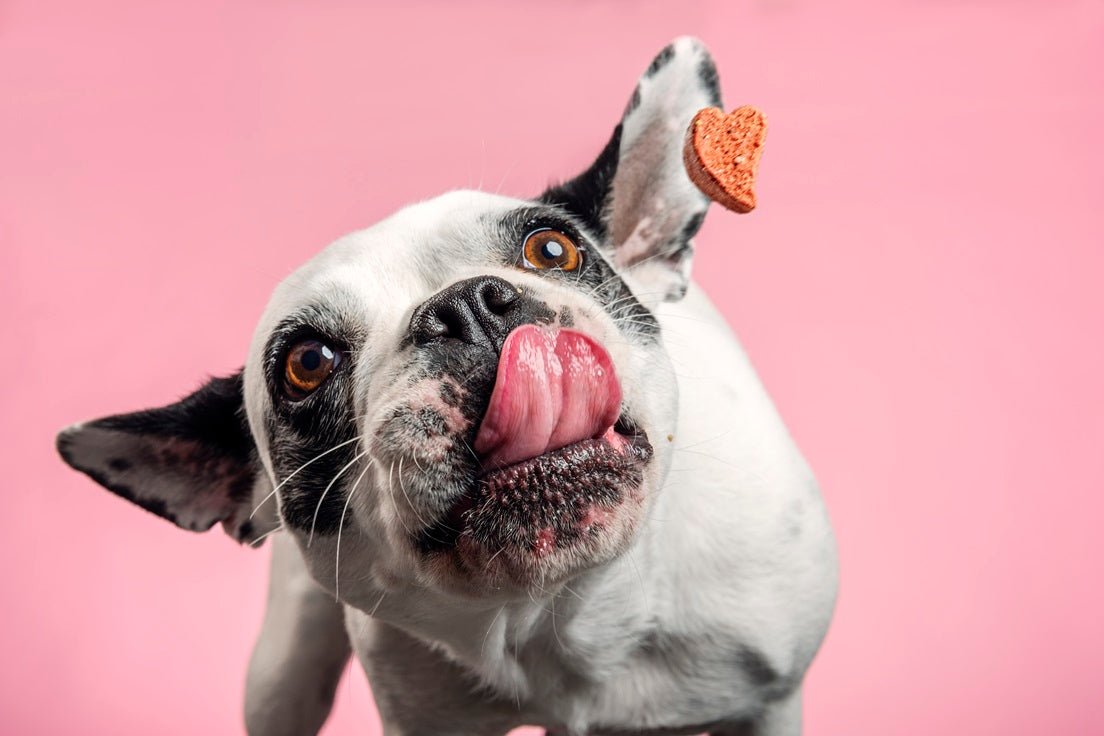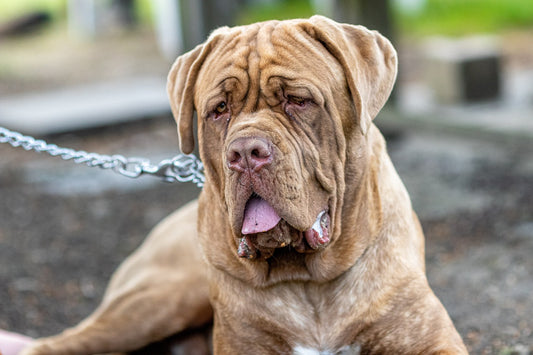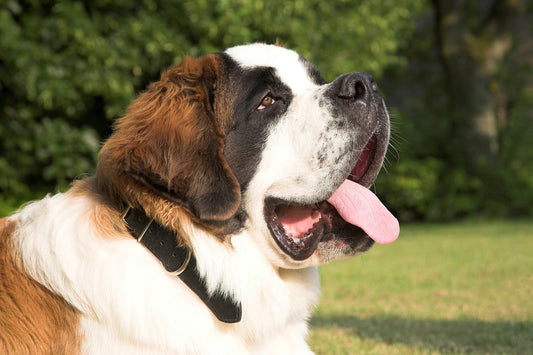Bringing a new puppy into your home is an exciting and rewarding experience, but it also comes with a new set of responsibilities. Just as you would baby-proof a home for a human infant, it's essential to puppy-proof your space to ensure the safety and well-being of your furry family member. In this comprehensive guide, we'll take you through the steps to create a secure and comfortable environment for your new puppy.
Puppy Proofing Your Home: Step-by-Step Guide
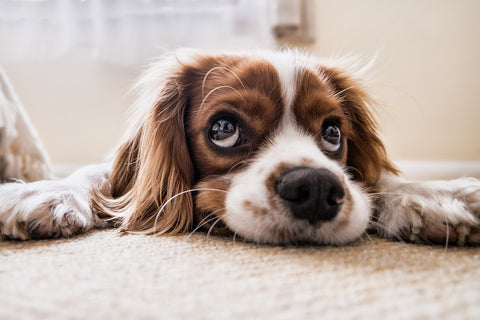
-
Assess Your Space:
Before bringing your puppy home, walk through your living space and identify potential hazards. This includes securing any sharp objects, chemicals, or small items that your puppy might chew on or ingest.
-
Puppy-Proof Your Furniture:
Puppies love to chew, and your furniture may become their prime target. Invest in chew toys, provide positive reinforcement when they use them, and use bitter-tasting sprays on furniture legs as a deterrent.
-
Electrical and Cords:
Puppies can be curious about electrical cords, posing a risk of electrocution. Keep cords out of reach or invest in protective covers to prevent access.
-
Gated Areas:
Consider setting up gated areas or pens within your home where your puppy can roam safely. This is especially helpful during house-training and the early stages of puppyhood.
-
Toxic Plants and Foods:
Be aware of houseplants that might be toxic to dogs, and ensure they're placed out of your puppy's reach. Additionally, keep human foods like chocolate and grapes away from your pup.
-
Trash Cans:
Invest in trash cans with secure lids to prevent your curious puppy from rummaging through garbage and potentially ingesting harmful substances.
-
Lock Away Chemicals:
Store cleaning products, chemicals, and medications in secure cabinets, well out of your puppy's reach.
-
Supervision and Training:
Always supervise your puppy, especially in the early stages. Begin obedience training early to teach them basic commands and boundaries.
-
Secure Access Points:
Ensure that doors and gates are secure and cannot be opened by your puppy. Use baby gates or pet gates to block off areas as needed.
-
Provide Safe Chew Toys:
Offer a variety of safe and appropriate chew toys to satisfy your puppy's natural chewing instincts.
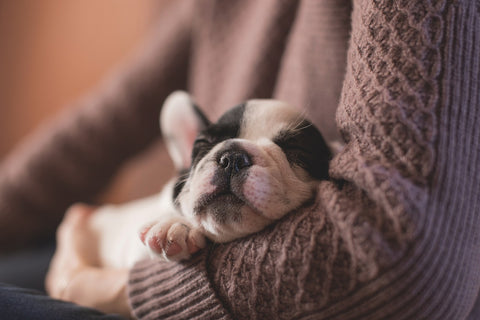
Conclusion:
Puppy-proofing your home is an essential step in creating a safe and nurturing environment for your new furry family member. By identifying and addressing potential hazards, you'll help ensure a smooth transition for both you and your puppy. Remember, puppies are naturally curious and will explore their surroundings, so a proactive approach to puppy-proofing is key to their safety and happiness. Enjoy the journey of raising your new puppy, and provide them with a secure space where they can thrive and grow into a well-behaved adult dog.
